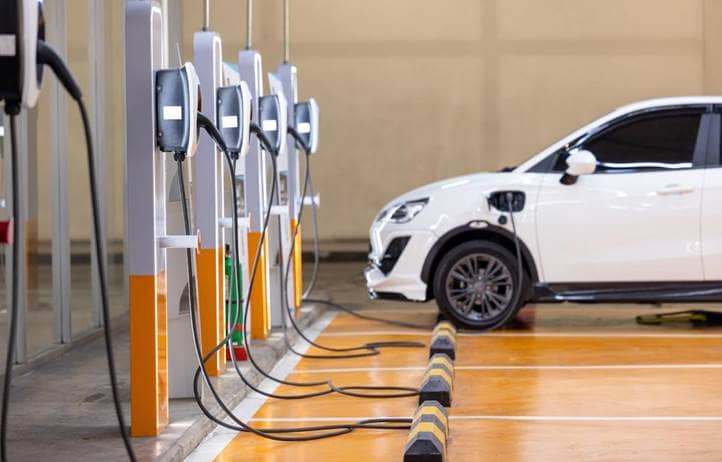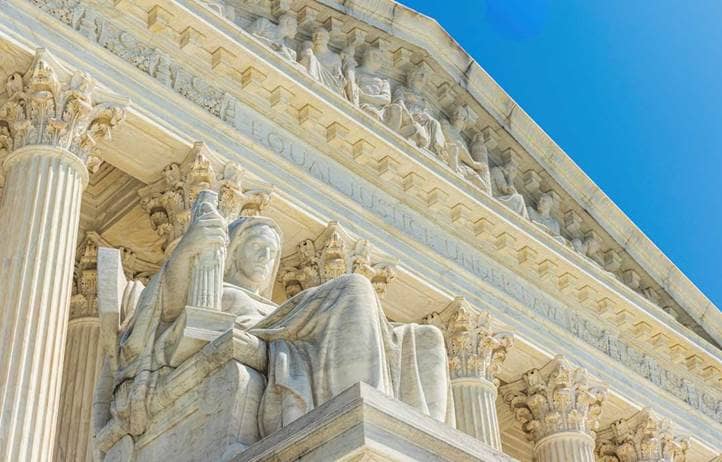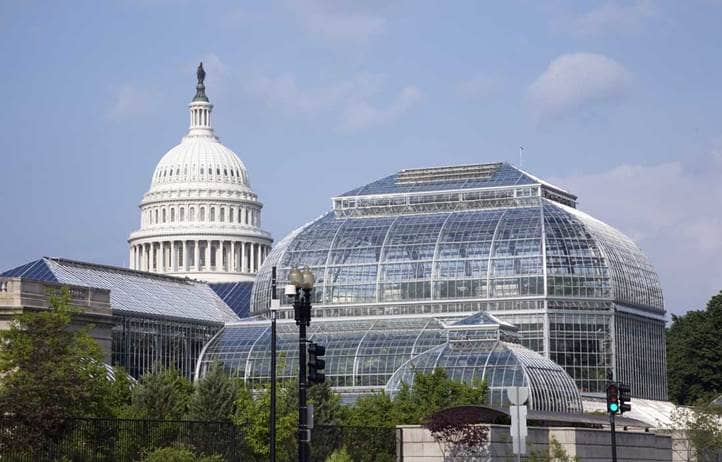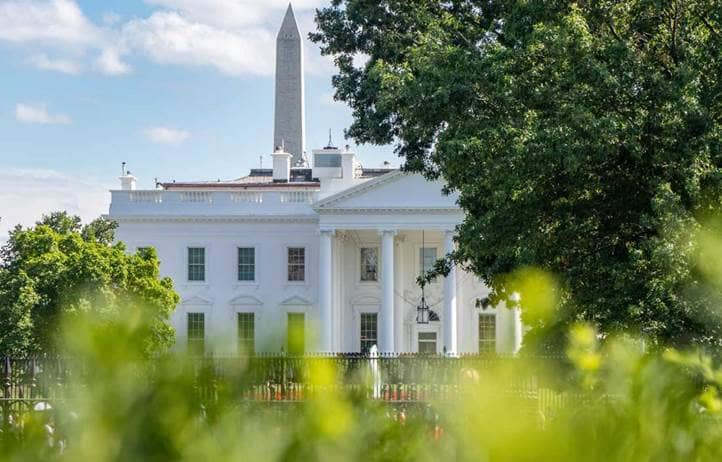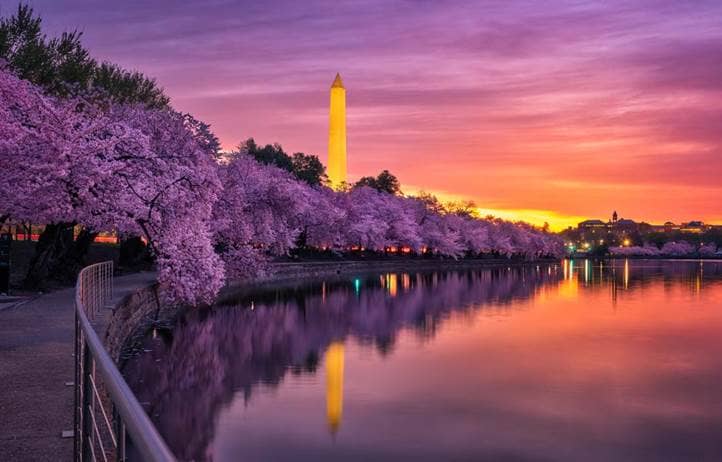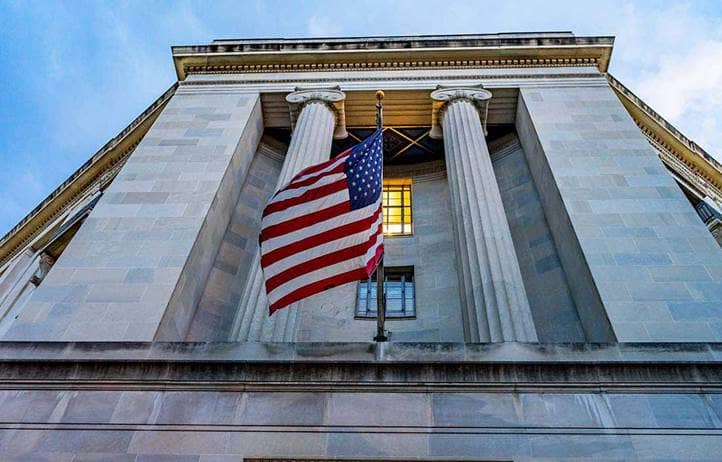The Inflation Reduction Act of 2022 dramatically expanded the available tax credits, tax incentives, and other funding opportunities related to the green energy sector. The One, Big, Beautiful Bill (OBBB) — enacted on July 4, 2025 — introduced sweeping changes to those credits, including accelerated phaseouts for electric vehicle, refueling, and wind and solar project credits.
However, the OBBB delayed the implementation of certain provisions — meaning that, with careful planning, taxpayers can still take advantage of available credits. The monetization options remain unchanged, and the benefits of qualifying activities are still available to nonprofits, governments, and other tax-exempt organizations. Commercial taxpayers also retain the option to either use energy tax credits directly or transfer them to another taxpayer.
As the regulatory environment for clean energy credits continues to evolve, staying informed about current and forthcoming legislation is essential. Understanding the nuances of eligibility and compliance — especially with shifting phaseout schedules and new stipulations introduced by the OBBB — can make a significant difference in a project's financial outcome. Taxpayers should remain vigilant about timelines, documentation, and any connections to foreign entities that could affect credit eligibility. Proactive planning and collaboration with specialists can help organizations adapt quickly and maximize opportunities in this dynamic landscape.
Curious about how your organization can still benefit from Inflation Reduction Act energy tax credits and incentives, as well as monetization options? Our multidisciplined team of tax specialists closely monitors the latest developments to keep you informed.
How we can help with clean energy tax credits:
- Credit eligibility consulting
- Due diligence for transactions
- PWA tracking and diligence
- Cost segregation and valuation
- Domestic content consulting and support
- Pre-filing registration & tax returns
- Elective pay support
- IRS examination & appeals support
- Foreign entity of concern (FEOC) analysis
- Beginning of construction determination



